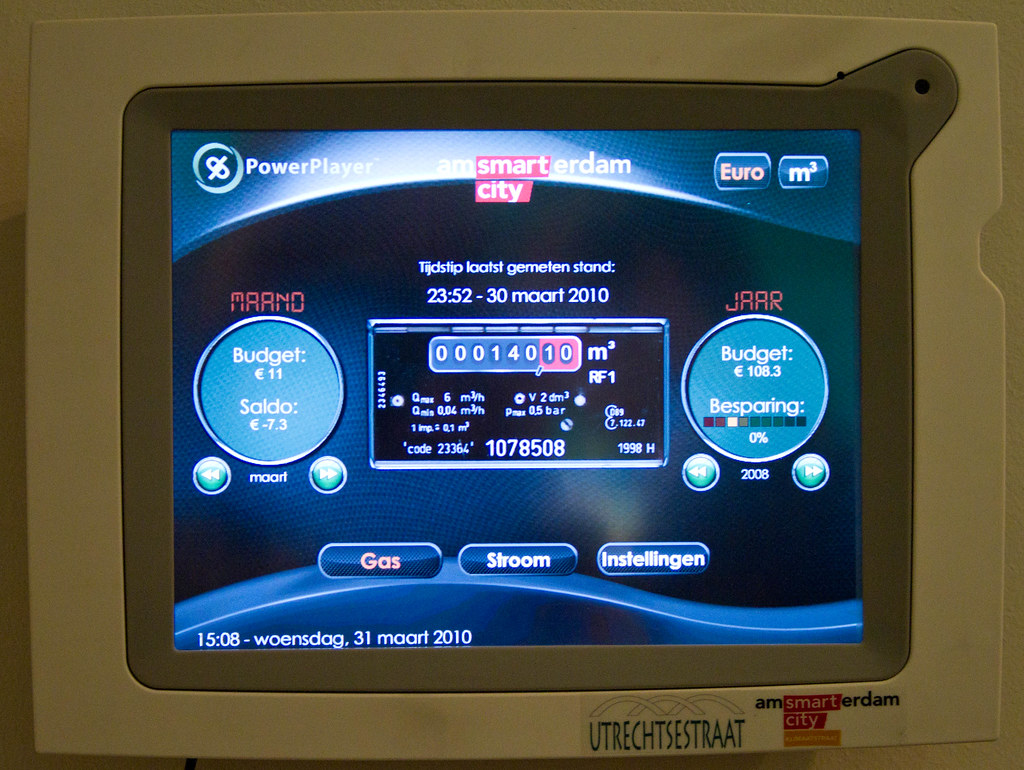Diversey invited me to attend their Climate Change Summit in Amsterdam earlier this week. I went along and was very pleasantly surprised by Diversey’s commitment to corporate sustainability.
Towards the end of the day I had a chat with Curt Johnson, the Chair of Diversey, about their sustainability initiatives. Some of the highlights of the conversation:
- Sustainability goes back to Curt’s grandfather leading an expedition into the Amazon in the 1930’s! – 1:00
- Curt’s father (Sam Johnson) banned CFC’s as propellants from all SC Johnson products before there was any legislative requirement – 1:20
- A cost/benefit analysis shows that being sustainable produces ROI – 2:40
- Diversey are tripling their target and now aim to reduce CO2 emissions 25% by 2013 over their 2003 baseline – 3:56
- Diversey’s experience is that for every $1 invested in emissions reductions, they get $2 back – 4:30
- Diversey are tripling their target and now aim to reduce CO2 emissions 25% by 2013 over their 2003 baseline – 3:56
- CO2 is a waste by-product of our operations… if you can reduce CO2 it is inevitable that you will create a more efficient system that is more cost effective – 4:40
- CO2 is waste, so if you minimise CO2, you minimise waste and you maximise efficiency and increase profits – 6:00
- Diversey’s sustainability initiatives have a huge influence on employee morale, engagement and retention – 6:31
Some other great tidbits which were left on the cutting room floor were:
- Diversey participate in the EPA’s SmartWay program to reduce the impact of shipping
- Diversey intend to be the first company to publish the carbon footprint of all of their products on the products
- Diversey have converted to a daylight office cleaning regime for a one-off cost of $100,000. This move is now saving Diversey 8% on their annual energy bill and
- Diversey actively works with their customers to help them to reduce their chemical usage!




